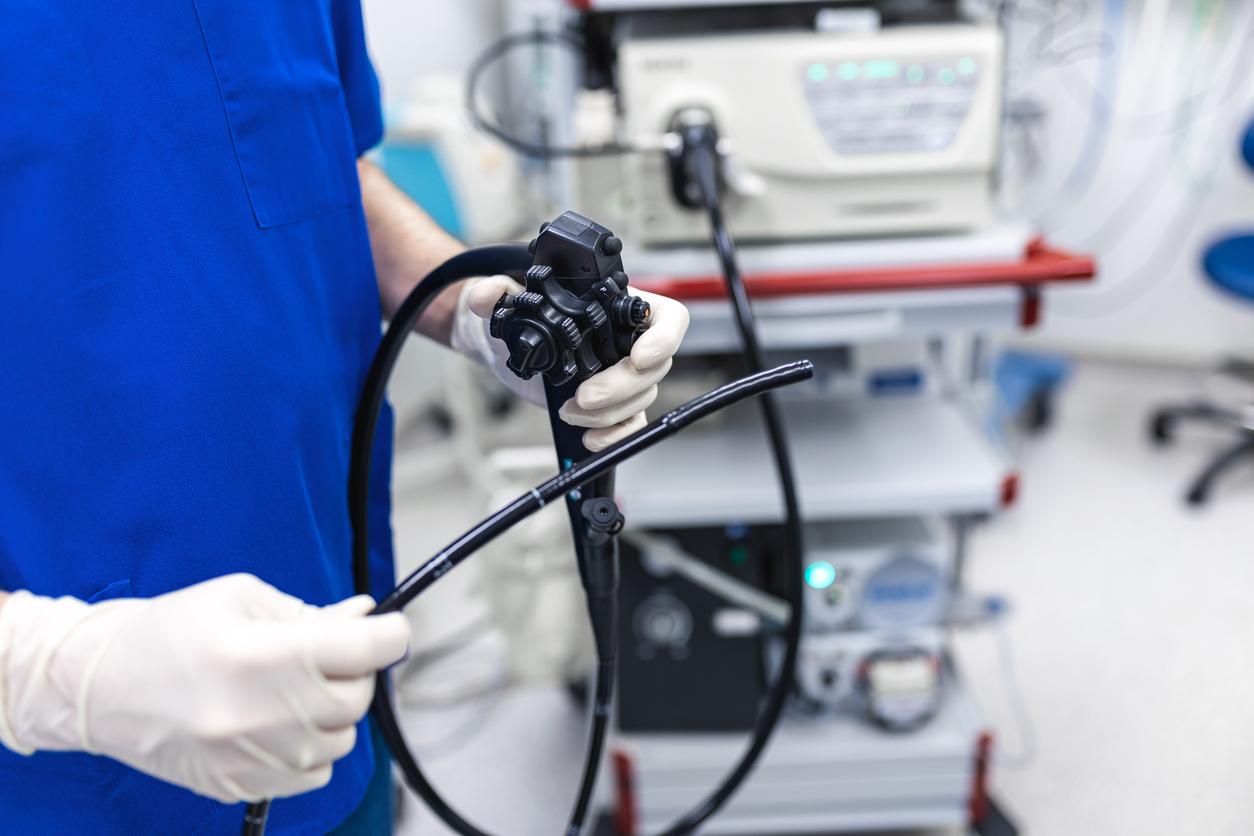One study analyzed which types of polyps are most likely to become cancerous after a colon cancer screening.

- Colon cancer affects more than 47,000 people in France each year.
- A screening test is recommended every two years for people aged 50 to 74. If cancer is suspected, a colonoscopy is necessary.
- One study found that the polyps most at risk are those that are jagged and larger than 10 millimeters.
According to the National Cancer Institute, Colon cancer affects more than 47,000 people in France each year, including around 26,000 men and 21,000 women, it is responsible for more than 17,000 deaths. Thus, the question of screening is crucial.
If colon cancer is suspected, a colonoscopy is necessary
In France, a screening test is strongly recommended (covered by Social Security) every two years, for people aged 50 to 74, in order to check if there is blood in the stools. If this is the case, a colonoscopy is necessary to find the source of the bleeding.
According to Health Insurance, about 30% of cases are caused by polyps. According to the MSD Manualcolorectal cancer usually appears as pimple-like growths, called polyps, on the surface of the intestinal or rectal lining. However, among the different types of colon and rectal polyps, not all turn into cancer.
Cancer: determine if the polyp constitutes a risk
In a studyscientists wanted to identify the polyps most likely to become cancerous. To do this, the authors of the work used the results of 253,833 colonoscopies carried out on people with blood in their stools.
Results: the polyps most at risk of becoming cancerous were those with jagged edges greater than 10 millimeters, there were also adenomas (benign tumor) of the same size, as well as lesions and adenomas called “sessile serrated“.
Therefore, the experts concluded that the risk of colorectal cancer was greater in people with high-risk serrated polyps with the presence of high-risk adenomas and in those who had high-risk serrated polyps without high-risk adenomas. risk.
These results provide doctors with better knowledge so they can determine the appropriate treatment based on the type of polyp or adenoma a patient has.

















